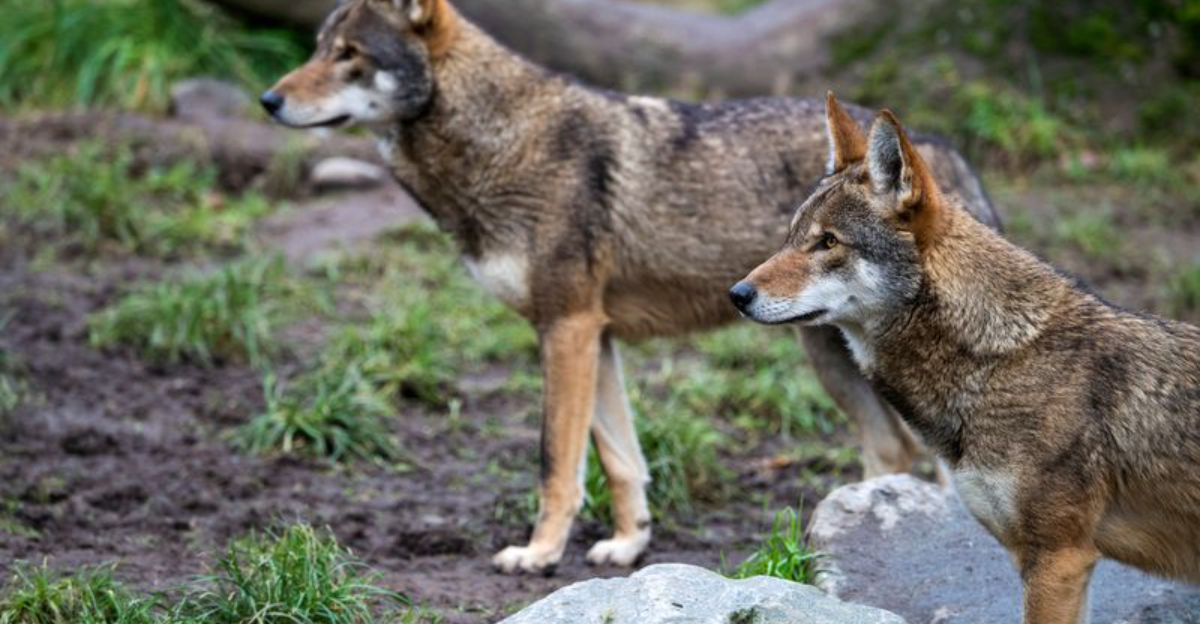The first time I saw a red wolf in eastern North Carolina, I was breathless. It moved silently through the underbrush, russet fur blending with the shadows.
Once, these wolves roamed the Southeast in huge numbers. Now, fewer than 20 remain in the wild—all in North Carolina.
They’re the only wolf native exclusively to the U.S. and more than just beautiful animals. They’re the heartbeat of our ecosystems. Protecting them isn’t just about saving a species. It’s about saving the very health of our region.
1. Keeping Coyote Populations In Balance
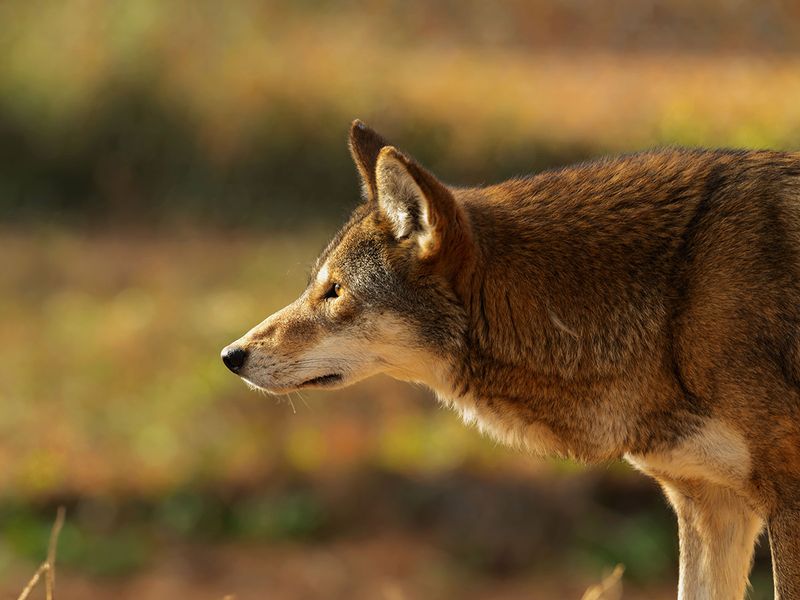
When red wolves disappear, coyotes quickly fill the ecological void – but with problematic consequences.
Red wolves naturally limit coyote numbers through territorial competition and occasionally hunting them.
This relationship prevents coyote overpopulation, which can devastate ground-nesting birds and small mammal communities.
Interestingly, red wolves also reduce hybridization threats by maintaining their distinct breeding populations when their numbers are healthy. Their presence creates a more stable predator balance that benefits farmers, wildlife, and suburban communities alike.
2. Guardians Against Overgrazing
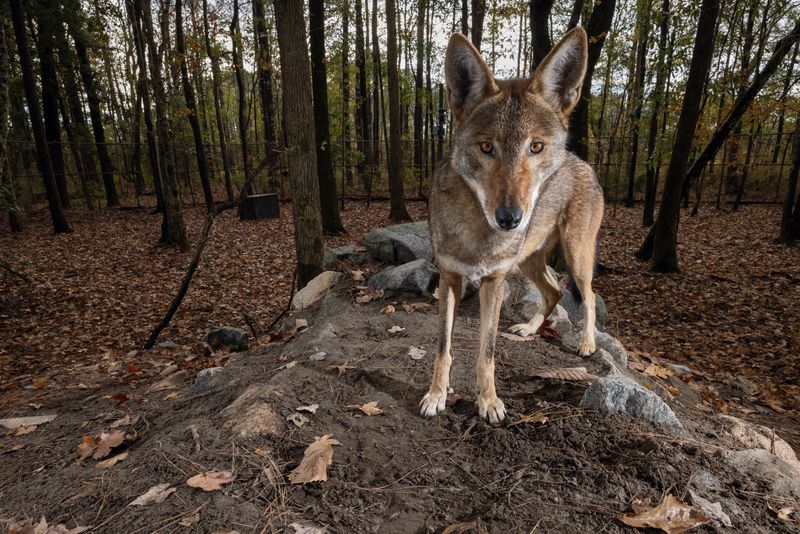
Walking through areas where red wolves have been reintroduced, the difference in vegetation is striking! These predators create what ecologists call a “landscape of fear” – areas where prey animals avoid lingering to prevent becoming dinner.
This behavioral change prevents deer and other herbivores from overgrazing sensitive plant communities.
The resulting plant diversity stabilizes soil, prevents erosion, and filters water – critical functions for North Carolina’s watersheds.
By protecting red wolves, we’re actually safeguarding the drinking water sources that millions of North Carolinians depend on daily.
3. Nature’s Population Control Experts
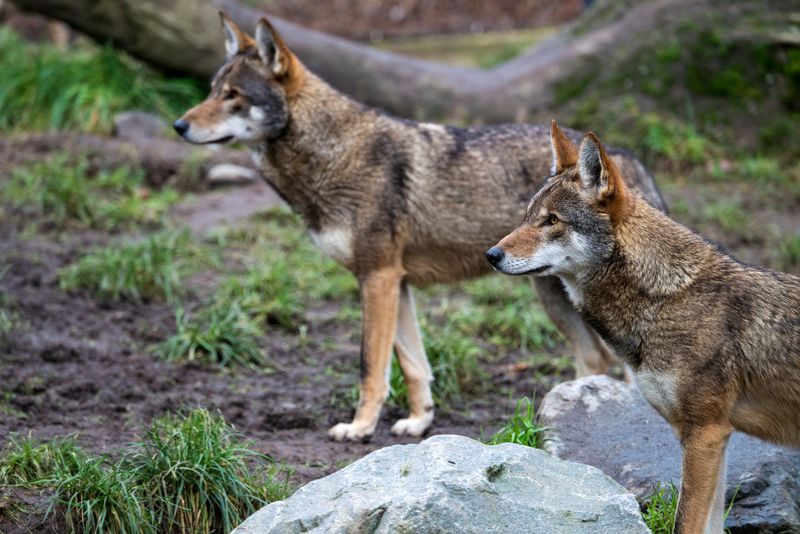
Red wolves excel at keeping deer and rodent populations in check.
Without these predators, deer populations explode, leading to widespread disease and starvation among the herds.
When prey animals grow too numerous, they consume excessive vegetation, destroying habitats for countless other species. Their natural hunting behaviors target the sick and weak, strengthening prey populations over time.
A single wolf family can regulate prey across thousands of acres. Their hunting patterns create a ripple effect that benefits the entire food web.
4. Biodiversity Boosters
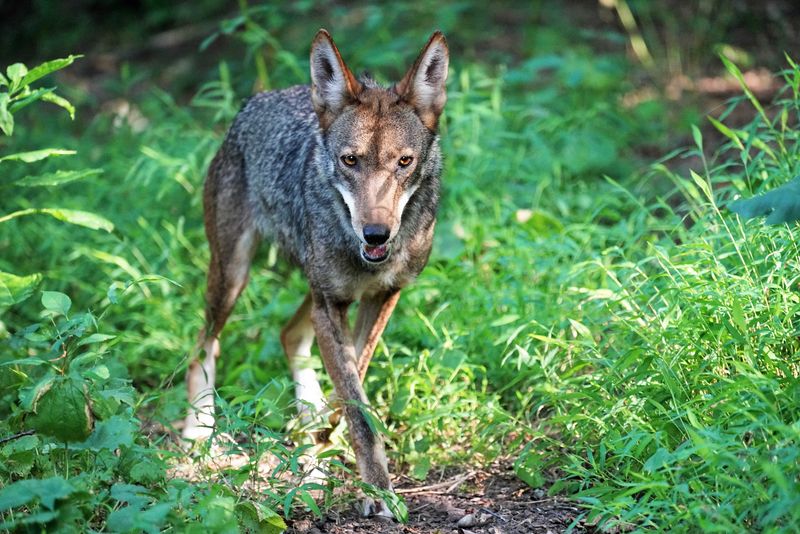
Red wolves create cascading benefits throughout the ecosystem.
By controlling grazing animals, they protect plant communities that provide habitat for insects, birds, and small mammals. Their prey provide food for scavengers like vultures, ravens, and numerous invertebrates.
Even wolf dens can create microhabitats used by other species after wolves move on.
This interconnected web means protecting red wolves isn’t just about saving one species – it’s about preserving the rich biodiversity that makes North Carolina’s ecosystems resilient and healthy.
5. Living Cultural Treasures
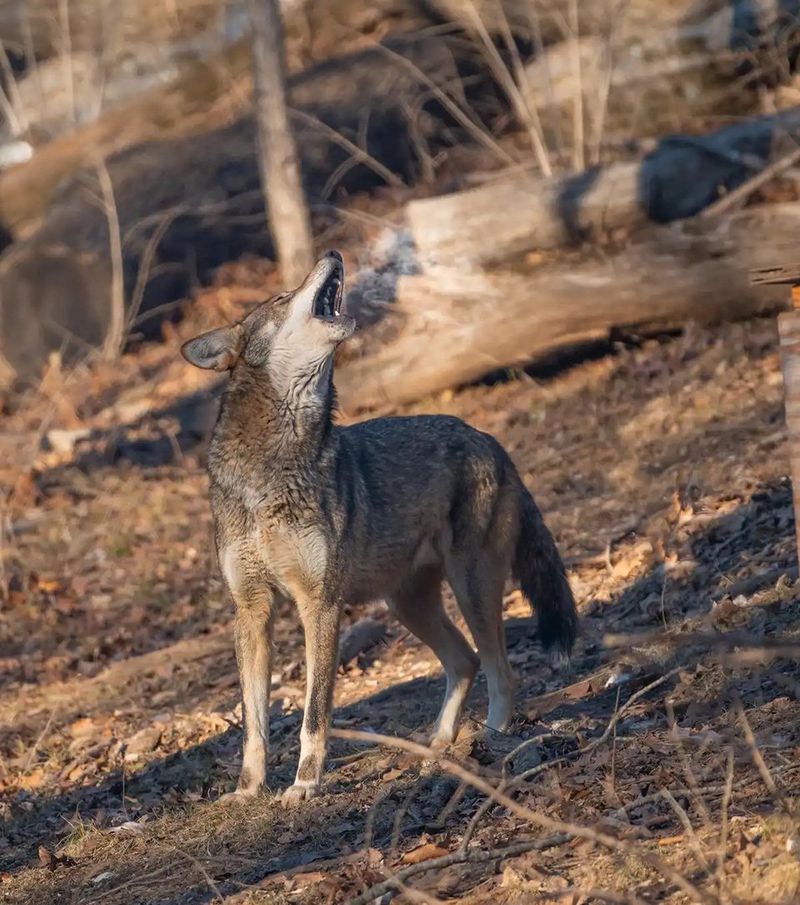
The haunting howl of a red wolf pack under a full moon isn’t just spine-tingling.
It’s a sound that connects us to our wild heritage. Red wolves feature prominently in Native American legends across North Carolina, particularly among the Lumbee and Cherokee peoples.
These magnificent predators offer unparalleled educational opportunities too.
Red wolves inspire art, literature, and a sense of regional pride.
Their presence attracts eco-tourists who contribute millions to local economies annually. By protecting these living cultural treasures, we preserve natural heritage and economic opportunities for future generations.
